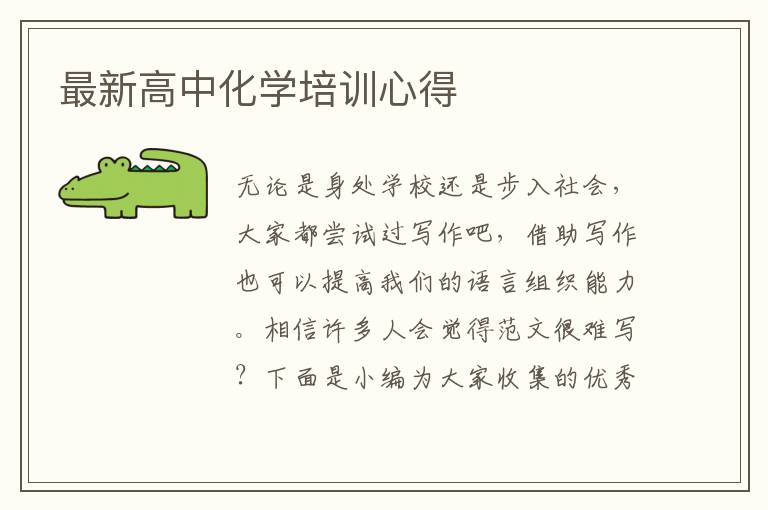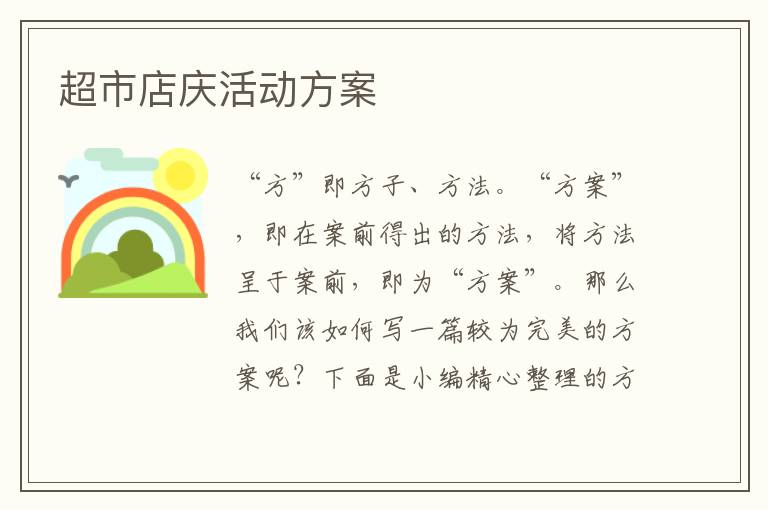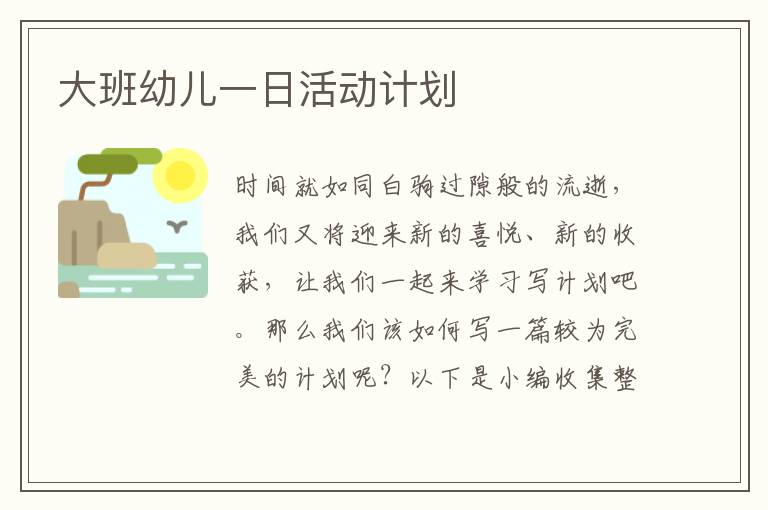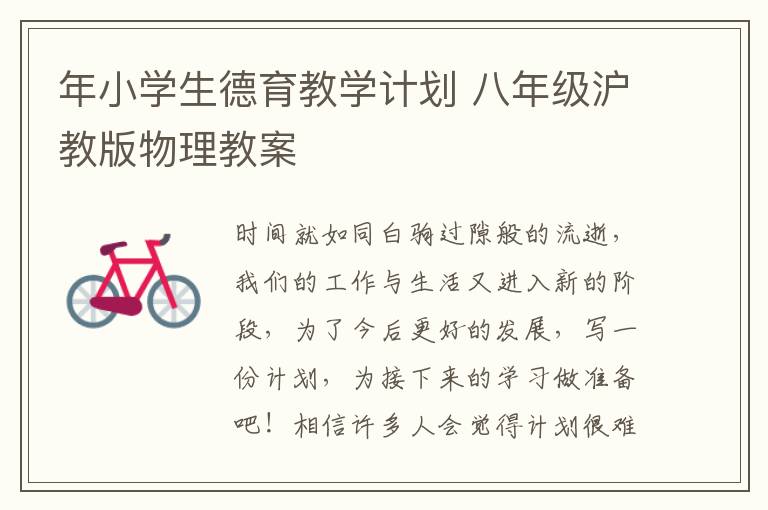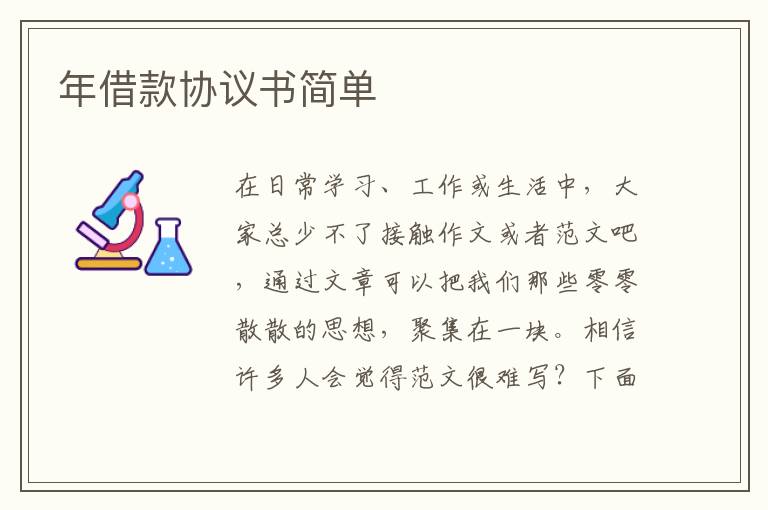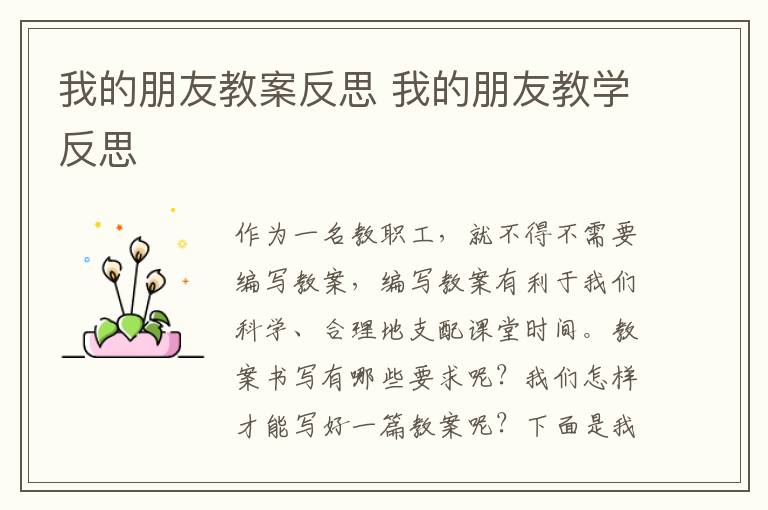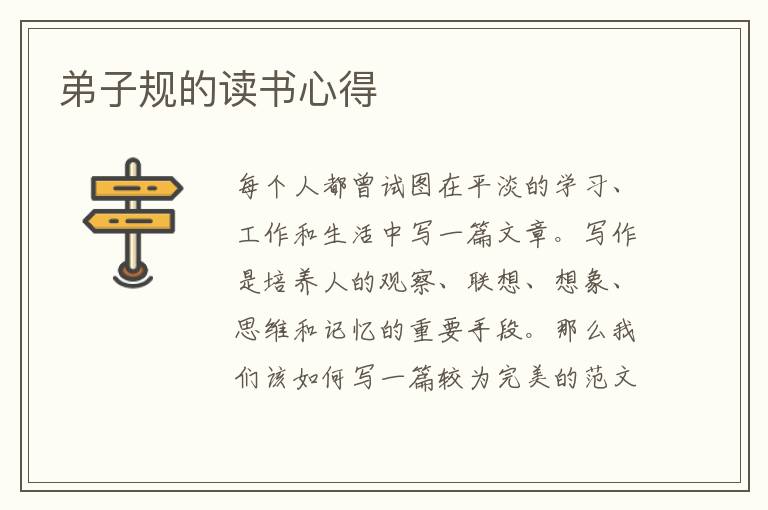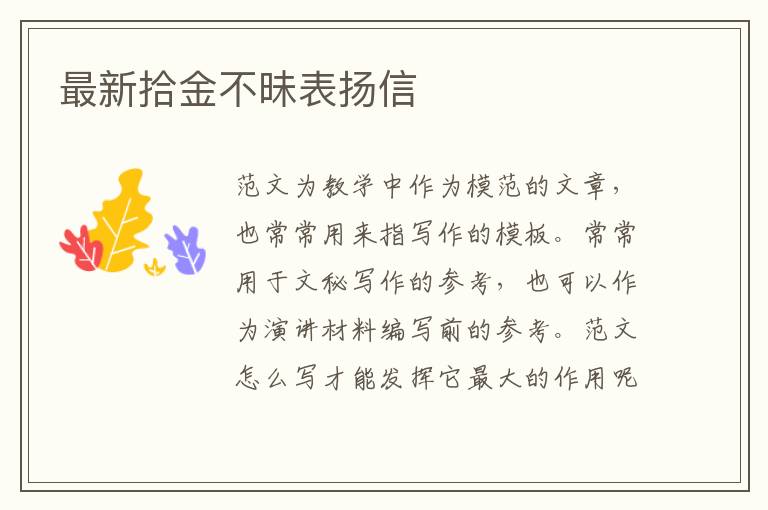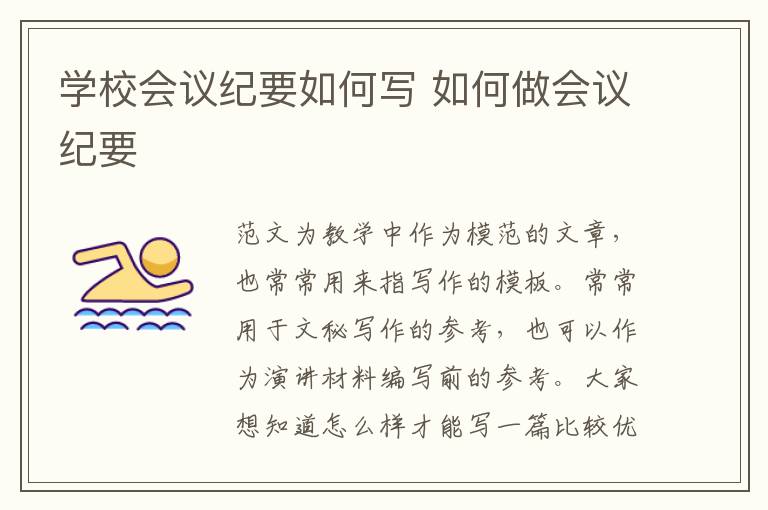李逵負荊中描寫李逵的句子合集60句

關于李逵負荊的讀后感
讀完一本名著以后,大家心中一定是萌生了不少心得,需要回過頭來寫一寫讀后感了。怎樣寫讀后感才能避免寫成“流水賬”呢?以下是小編為大家整理的關于李逵負荊的讀后感,希望能夠幫助到大家。
李逵是元末明初的《水滸戲》中最重要的角色之一,半數以上的水滸戲是以他為主人公的。《李逵負荊》充分表現了李逵對受迫—害人民的同情和勇于改過的精神。當他聽到王林說女兒被宋江、魯智深搶走,并拿出紅絹腰巾為見證時,便怒氣沖天地回山追查,對宋江、魯智深進行了辛辣的嘲弄。但當真—相大白后,又馬上負荊請罪。作者對這一英雄人物的刻畫極為細致、生動。
元代水滸戲中最著名的還數康進之的《李逵負荊》。小說成書在后,其情節可能直接采自本劇,這也是現存元雜劇中唯一與《水滸傳》故事相符的一個劇本。劇中敘惡棍宋剛、魯智恩冒充宋江、魯智深,擄走酒店主王林的女兒滿堂嬌。李逵下山聞知此事,勃然大怒,回山砍倒杏黃旗、大鬧忠義堂,指斥宋江、魯智深玷辱梁山名譽。后三人同去酒店對質,方知是歹徒冒名作惡。李逵深悔莽撞,負荊請罪,并協同魯智深擒獲歹徒,將功補過。
這是一出用“誤會法“構成的喜劇,但并不是一味在“誤會”上湊熱鬧,而是同人物的性格滲透在一起,矛盾的發展合乎情理。劇中的李逵是一個令人喜愛的形象,他是非分明,愛憎強烈,忠于梁山的正義事業,為人坦誠豪爽而又天真魯莽。作者用了較細致的筆法從不同側面來描寫這個莽撞漢子,使這個形象顯得豐滿生動。如一開始李逵聽了王林的哭訴,又見到所謂“證據”,便怒不可遏,回到山寨不由分說便拔斧砍旗,又與宋江以腦袋為賭,立下軍令狀,顯示他嫉惡如仇、火爆而不顧后果的個性;在下山對質的過程中,他因先入為主的成見,對宋江和魯智深的一舉一動都表示懷疑,好像很精明,卻在這種“精明”中愈發顯出他的憨直與魯莽,讓人忍俊不禁;真—相大白后,他懊悔起來,于是裝糊涂耍無賴,以保住自己的腦袋;最終抓住了歹徒,他又得意起來,自詡為宋江、魯智深洗刷了壞名聲。戲劇中性格魯莽的人物最容易寫得簡單化,《李逵負荊》卻避免了這樣的毛玻魯智深用實際行動證明自己的粗中有細。就拿魯智深救助金家父女時,不是先打鄭屠逞一時之快,而是先將他們父女倆安頓好,讓他們先逃走,并且擔心他們跑得不夠遠,“恐怕店小二趕去攔截他,且向店里掇條凳子,坐了兩個時辰。
約莫金公去得遠了,方才起身,徑到狀元橋來。”兩個時辰等于4個小時,平時我們等公共汽車,5分鐘都心煩氣躁,而這個脾氣火爆的魯智深,卻能穩坐臺山一般,這份耐心卻是值得贊佩。再說,魯智深打了鎮關西3拳之后,發現鎮關西出得氣多,入得氣少的時候,采用的脫身之計更是絕妙,一句:“你這廝裝死,懶得與你計較”,便順理成章的逃離了案發現常其應變之快,讓人贊嘆。在梁山好漢中,魯智深暴打不平的.次數最多,而且他每次都送佛送到西天,從沒有考慮不周,而留下禍水的時候。很多人認為魯智深是水滸中的第一好漢。而且,幾乎說有的《水滸》的評論家,都給了魯智深極高的評價。比如,金圣嘆曾經說過“寫魯達為人處,一片熱血直噴出來,令人讀之深愧虛生世上,不曾為人出力”。
說起李逵,一個詞就可以概括,那就是魯莽。李逵的每一次出場,幾乎都會有魯莽的表現。而且李逵的魯莽有些夸張,完全超出了一般人的理解。書中不止一次的提到李逵殺紅了眼,“不問軍官百姓,殺得尸橫遍野”,這樣的濫殺無辜,不得不使得英雄這個詞,在李逵身上變成了一個大大的問號。而《水滸》中,還曾兩次提到過,李逵把人肉烤來吃,這更是讓人難以接受的,使得李逵的形象變得有幾分猙獰。難怪書中寫道:“若聽得‘黑旋風李逵’五個字,端的醫得小兒夜啼驚哭”。
一般來說,魯莽的人武功總不會達到至高境界,而李逵的武功更是不入流。但李逵和排名第97的李云、排名98焦挺交過手,結果是一平一負。在梁山無數次大大小小的戰役中,李逵就沒有單條贏過有名有姓的敵人。可見李逵武功確實不怎么樣。李逵的魯莽,還體現在他對宋江的盲目服從上,李逵在梁山的實際工作其實是宋江的貼身保鏢。他基本上很好的完成了這項工作,而且對于宋江的話,李逵幾乎言聽計從。也許正是因為如此,李逵混得了一個不錯的排名,第22位。
李逵負荊讀后感范文
當閱讀完一本名著后,相信大家都增長了不少見聞,需要好好地就所收獲的東西寫一篇讀后感了。到底應如何寫讀后感呢?下面是小編精心整理的李逵負荊讀后感范文,歡迎閱讀與收藏。
元代水滸戲中最著名的還數康進之的《李逵負荊》。小說成書在后,其情節可能直接采自本劇,這也是現存元雜劇中唯一與《水滸傳》故事相符的一個劇本。劇中敘惡棍宋剛、魯智恩冒充宋江、魯智深,擄走酒店主王林的女兒滿堂嬌。李逵下山聞知此事,勃然大怒,回山砍倒杏黃旗、大鬧忠義堂,指斥宋江、魯智深玷辱梁山名譽。后三人同去酒店對質,方知是歹徒冒名作惡。李逵深悔莽撞,負荊請罪,并協同魯智深擒獲歹徒,將功補過。
這是一出用“誤會法“構成的喜劇,但并不是一味在“誤會”上湊熱鬧,而是同人物的性格滲透在一起,矛盾的發展合乎情理。劇中的李逵是一個令人喜愛的形象,他是非分明,愛憎強烈,忠于梁山的正義事業,為人坦誠豪爽而又天真魯莽。作者用了較細致的筆法從不同側面來描寫這個莽撞漢子,使這個形象顯得豐滿生動。如一開始李逵聽了王林的哭訴,又見到所謂“證據”,便怒不可遏,回到山寨不由分說便拔斧砍旗,又與宋江以腦袋為賭,立下軍令狀,顯示他嫉惡如仇、火爆而不顧后果的個性;在下山對質的`過程中,他因先入為主的成見,對宋江和魯智深的一舉一動都表示懷疑,好像很精明,卻在這種“精明”中愈發顯出他的憨直與魯莽,讓人忍俊不禁;真-相大白后,他懊悔起來,于是裝糊涂耍無賴,以保住自己的腦袋;最終抓住了歹徒,他又得意起來,自詡為宋江、魯智深洗刷了壞名聲。戲劇中性格魯莽的人物最容易寫得簡單化,《李逵負荊》卻避免了這樣的毛玻魯智深用實際行動證明自己的粗中有細。就拿魯智深救助金家父女時,不是先打鄭屠逞一時之快,而是先將他們父女倆安頓好,讓他們先逃走,并且擔心他們跑得不夠遠,“恐怕店小二趕去攔截他,且向店里掇條凳子,坐了兩個時辰。
約莫金公去得遠了,方才起身,徑到狀元橋來。”兩個時辰等于4個小時,平時我們等公共汽車,5分鐘都心煩氣躁,而這個脾氣火爆的魯智深,卻能穩坐臺山一般,這份耐心卻是值得贊佩。再說,魯智深打了鎮關西3拳之后,發現鎮關西出得氣多,入得氣少的時候,采用的脫身之計更是絕妙,一句:“你這廝裝死,懶得與你計較”,便順理成章的逃離了案發現場。
其應變之快,讓人贊嘆。在梁山好漢中,魯智深暴打不平的次數最多,而且他每次都送佛送到西天,從沒有考慮不周,而留下禍水的時候。很多人認為魯智深是水滸中的第一好漢。而且,幾乎說有的《水滸》的評論家,都給了魯智深極高的評價。比如,金圣嘆曾經說過“寫魯達為人處,一片熱血直噴出來,令人讀之深愧虛生世上,不曾為人出力”。
一般來說,魯莽的人武功總不會達到至高境界,而李逵的武功更是不入流。但李逵和排名第97的李云、排名98焦挺交過手,結果是一平一負。在梁山無數次大大小小的戰役中,李逵就沒有單條贏過有名有姓的敵人。可見李逵武功確實不怎么樣。李逵的魯莽,還體現在他對宋江的盲目服從上,李逵在梁山的實際工作其實是宋江的貼身保鏢。他基本上很好的完成了這項工作,而且對于宋江的話,李逵幾乎言聽計從。也許正是因為如此,李逵混得了一個不錯的排名,第22位。
關于Hedgehogging的讀后感
Hedgehogging讀后感
這幾天在讀《對沖基金風云錄》(《Hedgehogging》),作者巴頓.比格斯書中描述了他在04年5月油價40美元做空的痛苦經歷。當時他從基本面的各個方面表明油價到達高點,石油的合理價在32美元。做空的過程中市場不顧一切的上漲,巴頓.比格斯引用巴菲特的市場先生的觀點說服投資者,價格偏離只會使投資變得更有吸引力,別忘了,我們信奉的是價值投資,而不是趨勢投資。他也這么做了,隨著油價上漲不斷增加空頭倉位,也帶來了巨額虧損。幸運的是油價又回到42美元,加上中間看多期權對沖,總計損失2%。這過程讓他們經受了巨大精神折磨,和損失許多客戶。【交易之路http://www.semjishu.com/收集整理】
如果油價回到42美元不是平倉,而是繼續堅持以前的看法油價跌到32美元持有大量空頭倉位,可能就像他說的一樣被當作頑固的瘋子,滾進垃圾堆,從對沖基金經理人隊伍中永遠消失。股票作手回憶錄讓我們懂得了,若是對自己的判斷缺乏信心,沒有人能在這種游戲中走得太遠。這一信條成就了利物莫爾20年代末大空頭市場取得巨額的財富,也最終導致了最后破產消亡。“我們是勇敢果斷的價值投資者還是頑固不化的狂人?”但是市場走勢和自己的判斷完全相反的時候,你是相信自己的判斷還是相信市場?真如孟子所說雖有智慧,不如乘勢?投資者應該怎么做才能最大限度保護自己?
Way Of The Turtle
Way of The Turtle, by Curtis M. Faith
算是比較好的一本講交易(trading)的書。原來我對交易是很不相信的,最近有點改變看法。我原先的看法主要是受:
(1)一些講交易策略的書所傳導的錯誤信息;
(2)本身接觸到真正靠交易賺到錢的人很少。而我現在的認識是:單純的交易確實是能賺錢的.,因為它是以人類重復出現的心理偏向為基礎的。
大多數講交易策略的書,把交易吹噓為一種可快速致富的途徑,就注定了交易要失敗。真正成功的交易策略是試圖從持續重復出現的心理偏向中獲利,其收益率取決于這種心理偏向出現的:
(1)頻率,
(2)幅度。
基于這種思路的交易是能成功的,其交易中的一些思想,對價值投資者也有借鑒作用。
基本的交易策略:
(1)趨勢式(追漲殺跌);
(2)反趨勢式(高拋低吸)。雖然看上去相反/相矛盾,但如果你能夠控制好風險(止損),我想從理論上講,確實都是有可能成功的,因為這兩個策略都是有心理偏向基礎的。
但交易策略的問題是:
(1)交易策略的最佳執行者是“電腦程序”交易,因為它可完全擺脫這些策略賴以成功的心理偏向影響;
(2)不同于靠自己的意志力擺脫心理偏向(很難),程序交易是很容易實施的,這樣市場上這些策略所依賴的心理偏向可能很快地小到無利可圖。因此,交易策略需要在實施這些策略的人/程序較少的市場里,更容易有效。(中國市場?程序交易較少?)*交易之路收集整理*
另外,交易策略即使確實能賺錢,但還需要考慮的一個問題是:其機會成本如何。通過交易所獲取的收益是否能比其他策略,比如價值投資更高?因為,股票價值投資者的收益=股票市場整體的增值收益+選擇股票獲取的收益。而交易策略基本上是一個零和游戲,其收益幾乎完全來自于“選擇收益”,這樣要取得同股票價值投資者同樣的收益,選擇能力就要更高。
書中有啟發的內容:
不要試圖預測市場的變化,成功的交易員不知道市場會怎么變化,也不試圖去預測它,他只知道,以他的交易策略,從長期來看,是能夠賺錢的。所以對他來說,這次交易的對錯/盈虧是沒有意義的,他只關心長期的概率。絕對避免:
(1)受最近事件的影響,
(2)要讓自己正確的心態,
(3)希望預測未來。
成功的交易員的虧錢的交易次數要超過賺錢的次數,因為他設定了退出點。他依賴給他抓住的交易機會所產生的收益能彌補其一系列的小的損失。
衡量風險的指標:
(1)最大損失的金額,
(2)最長的虧損時間,
(3)標準差,
(3)R-square。
歷史數據測試顯示,以固定的時間(比如5天)作為止損點,比以金額(比如損失5%)作為止損點效果更好。
特定交易策略會有其生命周期,在一段時間里成功,吸引更多資金,慢慢失去效果,越來越多的資金退出這一策略,又開始有效。以組合的觀念進行交易,以不同的交易策略在不同的市場中交易,可以分散某一市場中/某一組合暫時效果不佳的風險。
幾種特點的市場:
(1)基本面驅動:外匯/利率,中期趨勢交易最容易;
(2)投機驅動:股票/商品期貨,中期趨勢策略較難
(3)綜合衍生品市場:指數期權/期貨,包含多種基礎證券,投機特征相互抵消,中期趨勢策略最難。
80年代黃金交易很難,因為大家對78年暴漲的情況記憶猶新,稍有上漲就有人買進,很難形成大趨勢。一直要到2000年后,最后的黃金/商品分析師都已轉行,新的大趨勢出現。
TAMING THE TURTLE MIND
Excerpted from the Newly Released Way of the Turtle
Human emotion is both the source of opportunity in trading and the greatest challenge. Master it and you will succeed. Ignore it at your peril.
To trade well you need to understand the human mind. Markets are comprised of individuals, all with hopes, fears and foibles. As a trader you are seeking out opportunities that arise from these human emotions. Fortunately, some very smart people—behavioral finance pioneers—have identified the ways that human emotion affects one’s decision-making process. The field of behavioral finance—brought to popular attention in Robert Shiller’s fascinating book, now in its Second Edition, titled Irrational Exuberance and greater details of which were published by Hersh Shefrin in his classic Beyond Greed and Fear—helps traders and investors understand the reasons why markets operate the way they do. Just what does make prices go up and down? (price movements can turn an otherwise stoic individual into a blubbering pile of misery.)
Behavioral finance is able to explain market phenomena and price action by focusing on the cognitive and psychological factors that affect buying and selling decisions. The approach has shown that people are prone to making systematic errors in circumstances of uncertainty. Under duress, people make poor assessments of risk and event probabilities. What could be more stressful than winning or losing money? Behavioral finance has proved that when it comes to such scenarios, people rarely make completely rational decisions. Successful traders understand this tendency and benefit from it. They know that someone else’s errors in judgment are opportunities, and good traders understand how those errors manifest themselves in market price action: The Turtles knew this.
Emotional Rescue
For many years economic and financial theory was based on the rational actor theory, which stated that individuals act rationally and consider all available information in the decision-making process. Traders have always known that this notion is pure bunk. Winning traders make money by exploiting the consistently irrational behavior patterns of other traders. Academic researchers have uncovered a surprisingly large amount of evidence demonstrating that most individuals do not act rationally. Dozens of categories of irrational behavior and repeated errors in judgment have been documented in academic studies. Traders find it very puzzling that anyone ever thought otherwise. The Turtle Way works and continues to work because it is based on the market movements that result from the systematic and repeated irrationality that is embedded in every person. How many times have you felt these emotions while trading?
Hope: I sure hope this goes up right after I buy it.
Fear: I can’t take another loss; I’ll sit this one out.
Greed: I’m making so much money, I’m going to double my position.
Despair: This trading system doesn’t work; I keep losing money.
With the Turtle Way, market actions are identified that indicate opportunities arising from these consistent human traits. This chapter examines specific examples of how human emotion and irrational thinking create repetitive market patterns that signal moneymaking opportunities.
people have developed certain ways of looking at the world that served them well in more primitive circumstances; however, when it comes to trading, those perceptions get in the way. Scientists call distortions in the way people perceive reality cognitive biases. Here are some of the cognitive biases that affect trading:
Loss aversion: The tendency for people to have a strong preference for avoiding losses over acquiring gains
Sunk costs effect: The tendency to treat money that already has been committed or spent as more valuable than money that may be spent in the future
Disposition effect: The tendency for people to lock in gains and ride losses
Outcome bias: The tendency to judge a decision by its outcome rather than by the quality of the decision at the time it was made
Recency bias: The tendency to weigh recent data or experience more than earlier data or experience
Anchoring: The tendency to rely too heavily, or anchor, on readily available information
Bandwagon effect: The tendency to believe things because many other people believe them
Belief in the law of small numbers: The tendency to draw unjustified conclusions from too little information.
Although this list is not comprehensive, it includes some of the most powerful misperceptions that affect trading and prices.
In another edition of this newsletter, we'll look at each cognitive bias in greater detail.
Way of the Turtle, Way to Go
I recently wrote a foreword for a book that I think is one of the top five trading books ever written. It’s Curtis Faith’s new book, Way of the Turtle. Curtis was one of the more successful traders in Richard Dennis’ experiment to see if he could train good traders. And since I was part of the selection process, but never knew what happened once they started training, I was fascinated to get these insights.
So why do I believe that it is one of the five best trading books ever written? First, it paints a very clear picture of what is necessary for trading success. Curtis says in very concise terms that it’s not about the trading system. Instead, it’s about the trader’s ability to execute the trading system. During the initial training period, Curtis earned almost three times as much as the others combined, yet they’d all been taught to do the same thing.
Think about it: Ten or so people who had all been taught a certain set of rules, including fixed position sizing rules, all produced different results. The answer as to why is, of course, that trading psychology produced the differences in the results. And Curtis really brings this point home in his book.
The second really fascinating aspect of Way of the Turtle is that it probably has the most lucid description of how some of the principles of behavior finance apply to and influence trading that I’ve ever read. Curtis even goes into a lengthy discussion of support and resistance and why these exist because of inefficiencies in our decision making. It is must read material.
The third aspect of the Way of the Turtle that I really like is Faith’s emphasis on game theory and using it to explain how a trader should think. For example, he suggests that you concentrate on the present trading, forgetting the past and the future. Why should you do this? You should know from your historical testing that you will probably be wrong most of the time in your trading. But you should also know that some of your gains will be huge, which will result in a positive expectancy. Curtis tells the reader why they must understand and have confidence in the expectation of their system. And it’s this confidence that will make them long term winners.
Other excellent topics along the same lines include:
How the Turtles were trained and what they actually learned.
The real “secrets” of the Turtles (and I’ve already given you lots of clues).
An excellent discussion of the problems involved with system development and why people make mistakes in their system development because they don’t understand basis statistical principles involved in sampling theory.
A superb discussion of why most systems fail to perform adequately. And even though most good systems are dropped for psychological reasons, there are also many bad systems out there that look good at first glance. So if you want to know why and how to spot them, then you must read this book.
And lastly, there is an interesting discussion of robust measures of systems. And if you understand this material, you will go a long way toward being able to design a long-term profitable system for yourself that will work.
Heikin-Ashi蠟燭圖
Most profits (and losses) are generated when markets are trending--so predicting trends correctly can be extremely helpful. Many traders use candlestick charts to help them locate such trends amid often erratic market volatility. The Heikin-Ashi technique--"average bar" in Japanese--is one of many techniques used in conjunction with candlestick charts to improve the isolation of trends and to predict future prices.
Calculating the Modified Bars
Normal candlestick charts are composed of a series of open-high-low-close (OHLC) bars set apart by a time series. The Heikin-Ashi technique uses a modified formula:
xClose = (Open+High+Low+Close)/4
o Average price of the current barxOpen = [xOpen(previous Bar) + Close(previous Bar)]/2
o Midpoint of the previous bar
xHigh = Max(High, xOpen, xClose)
o Highest value in the set
xLow = Min(Low, xOpen, xClose)
o Lowest value in the set
Constructing the Chart
The Heikin-Ashi chart is constructed like a regular candlestick chart (except with the new values above). The time series is defined by the user--depending on the type of chart desired (daily, hourly, etc.). The down days are represented by filled bars, while the up days are represented by empty bars. Finally, all of the same candlestick patterns apply.
Here is a normal candlestick chart:
Here is a Heikin-Ashi chart:
putting It to Use
These charts can be applied to many markets; however, they are most often used in the equity and commodity markets. Traders often program these new instructions into existing trading programs, such as MetaTrader, or use many online tools (listed in the reference section below). Finally, it can be applied via Microsoft Excel or other similar spreadsheet programs.
There are five primary signals that identify trends and buying opportunities:
Hollow candles with no lower "shadows" indicate a strong uptrend: let your profits ride!
Hollow candles signify an uptrend: you might want to add to your long position, and exit short positions.
One candle with a small body surrounded by upper and lower shadows indicates a trend change: risk-loving traders might buy or sell here, while others will wait for confirmation before going short or long.
Filled candles indicate a downtrend: you might want to add to your short position, and exit long positions.
Filled candles with no higher shadows identify a strong downtrend: stay short until there's a change in trend.
These signals show that locating trends or opportunities becomes a lot easier with this system. The trends are not interrupted by false signals as often, and are thus more easily spotted. Furthermore, opportunities to buy during times of consolidation are also apparent.
Conclusion
The Heikin-Ashi technique is extremely useful for making candlestick charts more readable--trends can be located more easily, and buying opportunities can be spotted at a glance. The charts are constructed in the same manner as a normal candlestick chart, with the exception of the modified bar formulas. When properly used, this technique can help you spot trends and trend changes from which you can profit!
介紹一種交易策略The Triple Screen Approach
The Triple Screen Approach是一種交易策略,他的作者是Alexander
Elder,是一個職業交易員和持照心理學家,曾經擔任過金融交易論壇公司的主管。它的核心是將在不同時間或時期內,市場上存在的三種勢,大勢,中勢,和小勢區別對待,以贏取可能的最大的利潤。
它不同于很多其他交易技術和策略的風格,明確地提出在交易時斷以當時的主導勢為側重,對我們加深對主次矛盾的區分,大小勢的對待,合理的安排和制定交易策略,有著很好的啟示。
作為一種方法和交易策略的推薦,并不是一定要大家去仿照,而主要目的是讓大家開拓眼界,從中吸取適應你自己消化的養分。
當盤市風向改變時,很多平時屢試不爽的交易策略也會歸于失效。
一些廣為人知的交易方法,諸如“順勢而為”、“突破后下單”“高拋低吸”等等,這時反可能會給投資者帶來損失。如同障礙賽跑一樣,6英尺高的身材在直道賽跑中會優勢盡占,但于穿越10英尺長管道障礙時,身材的高大反有撤肘之虞。那么該如何看待平時功勛累累,此時卻無力回天的矛盾呢?
在討論交易策略時,你首先要清楚的是你要跟的是哪一個勢或突破方向。交易周期有異,相應的交易策略則大相徑庭。
為求成功,你需要結合分析多種交易方式,選取適應面廣的那些----既可以隨時作出調整,又不致因調整而使優勢失去。關鍵在于:使所選取的操盤策略能盡可能多地適用于不同的行情。
羅伯特.里亞,是一位二十世紀三十年代知名的技術分析師。他將匯市的長、中、短三個時期,分別比作大浪、中浪和漣漪。大多數的投資者,雖不易得益于一日的行情變化,但完全可受惠在中期的波動中------無非需要耐心等待兩周或者兩個月而已。你需要的是:在駕馭中浪時,充分利用大浪之勢,而忽略那些微波漣漪
這便是匯市“三段論”的分析要旨,在入市交易前一定要將此三者綜合考慮。每一種嘗試都有不同的操作策略,而許多最終被摒棄的策略,在最初只置于單段著眼時,似乎是那樣的誘人。只有那些通過匯市“三段論”考量的交易策略,才能擷取最大的利潤.
第一段:把握大浪"
第一要務是判定"大勢"---即匯海中所謂的“大浪”,此宜從周線圖入手----圖表的周期愈長,就愈能使你的視野跳出繁枝縟節,從而提前預知,進而把握住大勢。
但是,面對同一張月圖------放眼于月間大勢者少,而只識眼前波動者多
判別周趨勢有多條途徑:利用“趨勢線”和“通道”技術行之有效;運用“移動平均線”技術,也有著異曲同工之妙,其波形平滑而穩定-------以“周”為計量單位使然。
“平滑移動平均線”(MACD),是同類技術中出類撥萃的分析指標,由杰拉德.阿貝爾首創。在與收盤數據相關的三大技術指標中,其可靠性已久經考驗。
在周線圖的下方,MACD圖與之同步并行,并與移動平均線和柱狀圖交相輝映。這些線顯示了快、慢速平均移動指數的交叉位置,而柱狀圖卻記錄了這兩條線的不同之處。
柱狀圖的攀升不息或下跌不止,真實地反映出牛市的亢奮和熊市的低靡;在行情反轉前,也常會伴有前期的征兆。隨后,MACD線的交叉也會接踵而來,買(賣)信號便由此發出.
入市的第一階段(檢驗市場)。在進入一次交易之前,應潛心于尋找周MACD指標柱狀圖的運行方向。如果它是上升的(牛市),只能開立多頭部位。如果它是下降的(熊市),則只能做空。
記住,不要輕易逆著“大浪”弄潮。

